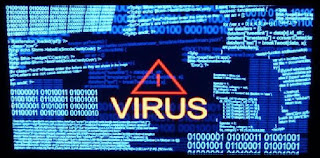ANTI-VIRUS

Antivirus programs and computer protection software Antivirus programs and computer protection software are designed to evaluate data such as web pages, files, software and applications to help find and eradicate malware as quickly as possible. Most provide real-time protection, which can protect your devices from incoming threats; scan your entire computer regularly for known threats and provide automatic updates; and identify, block and delete malicious codes and software. How does antivirus work? Antivirus software begins operating by checking your computer programs and files against a database of known types of malware. Since new viruses are constantly created and distributed by hackers, it will also scan computers for the possibility of new or unknown type of malware threats. Typically, most programs will use three different detection devices: specific detection, which identifies known malware; generic detection, which looks for known parts or types of malware or patterns th...

